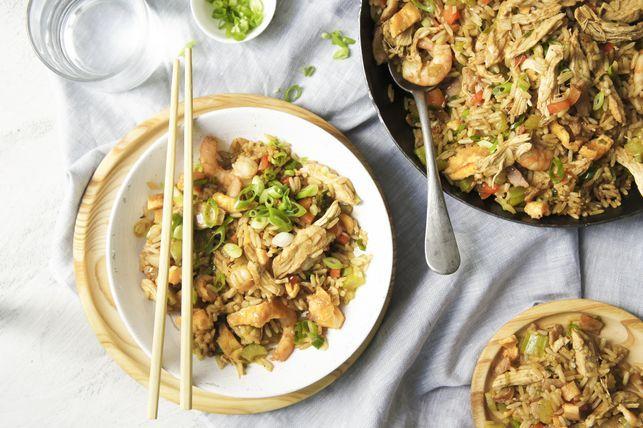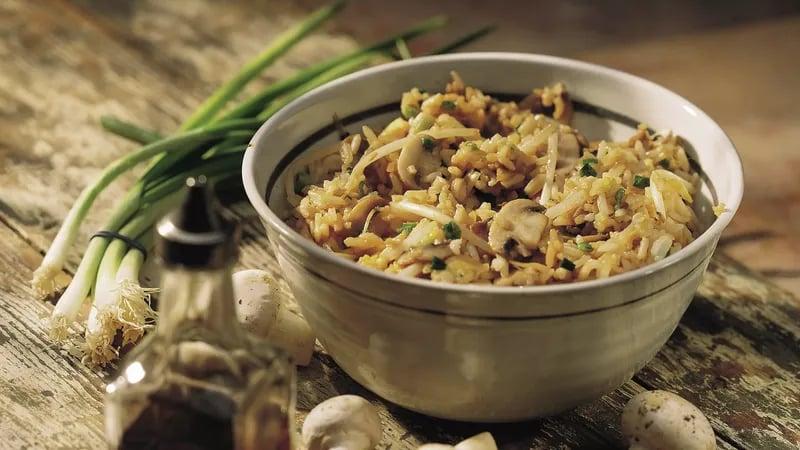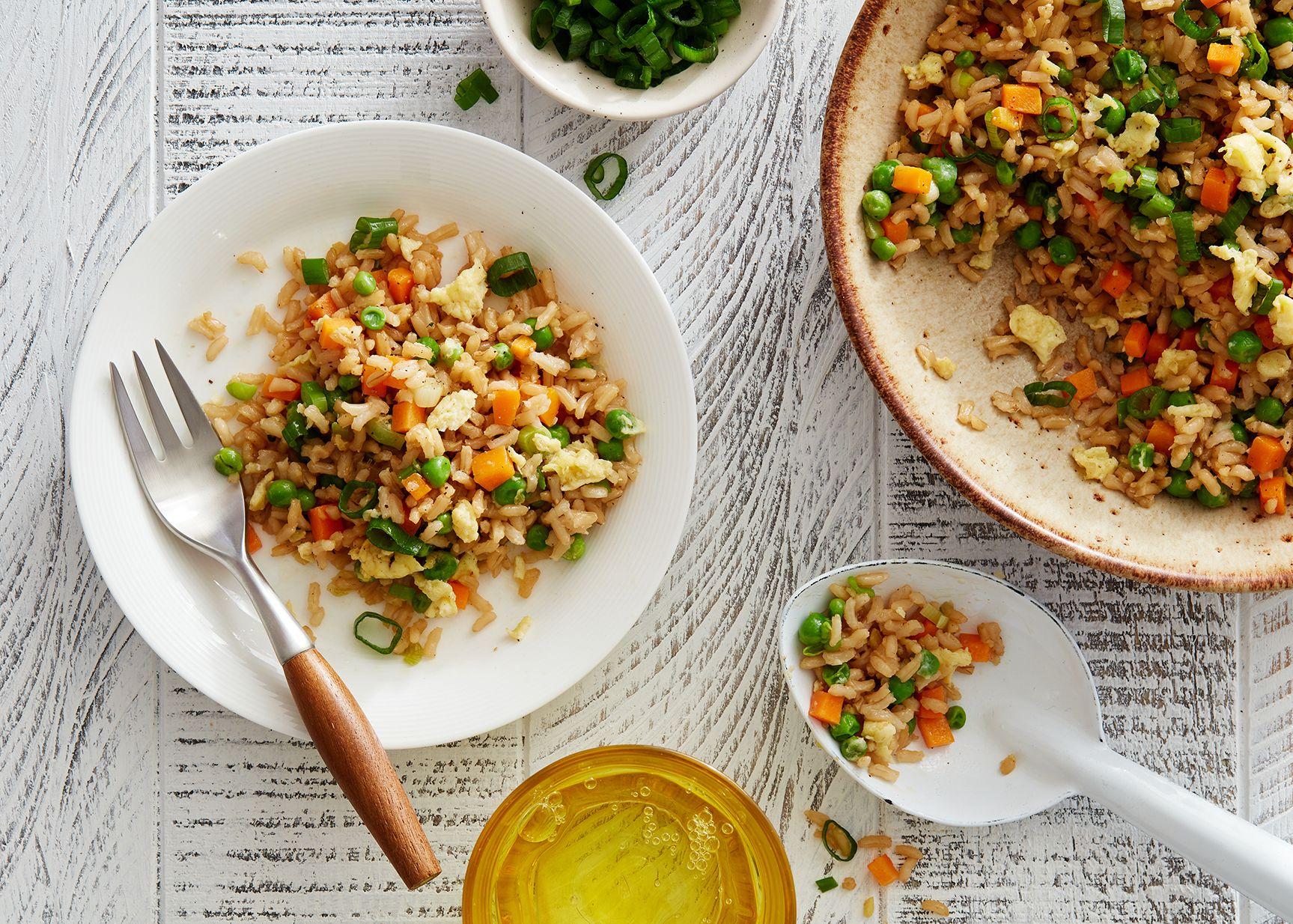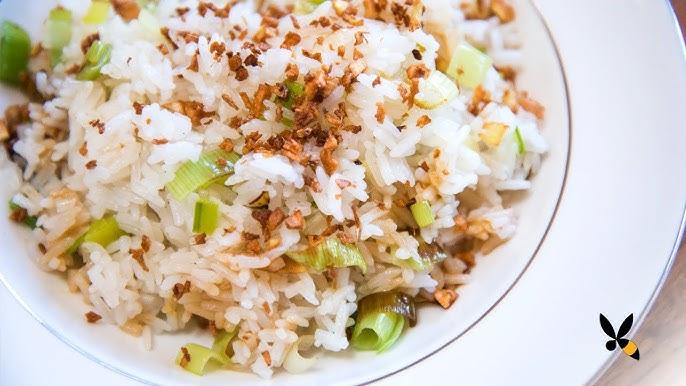Leftover rice opens up a world of culinary possibilities. It forms the base for delicious fried rice and stuffed peppers.
However, this convenience comes with a hidden danger. How long can you safely store this staple before it becomes a health hazard?
Fridge Shelf Life: Conflicting Expert Opinions

The FoodKeeper App suggests a 4-6 day refrigeration window for cooked rice. England’s NHS, however, recommends consuming it within 24 hours.
This stark difference raises questions about rice safety. Which guideline should health-conscious consumers follow?
Fried Rice Syndrome: A Bacterial Menace

Bacillus cereus, a spore-forming bacteria, lurks in uncooked rice. It survives cooking and produces six different toxins.
The FDA estimates 63,400 B. cereus-related illnesses annually in the US. Could your leftover rice be harboring this invisible threat?
Toxin Time Bomb: The Room Temperature Danger

B. cereus thrives at room temperature, multiplying rapidly. Leaving cooked rice out accelerates bacterial growth.
Experts advise refrigerating rice within one hour of cooking. How often have you unknowingly left rice out too long?
Freezer vs. Fridge: The Storage Showdown

Freezing cooked rice immediately after cooking halts bacterial growth. This method may surpass refrigeration for safety.
Studies show frozen foods can maintain quality for up to 3 months. Is your freezer the secret weapon against foodborne illness?
Invisible Threat: Detecting Spoiled Rice Challenge

B. cereus leaves no visible traces or odors. Rice left unrefrigerated for over an hour may already be unsafe.
Mold only appears in advanced stages of spoilage. Are you relying on the wrong signs to judge rice safety?
Reheating Risks: The Once-and-Done Rule

Experts advise reheating rice only once to 165°F. Multiple reheating cycles increase contamination risks.
25% of foodborne illnesses result from improper reheating. Is your reheating routine putting your health at risk?
Fresh vs. Leftover: The Rice Dilemma

Making fresh rice for each meal eliminates safety concerns. However, this approach increases food waste.
Americans waste 30% of the rice they cook annually. How can you balance convenience, safety, and sustainability?
Global Rice Consumption: Safety on a Scale

Rice feeds over 3.5 billion people daily worldwide. Improper handling affects millions.
In Asia, where rice is a staple, foodborne illnesses affect 275 million annually. How does your rice safety knowledge compare to global standards?
Future of Rice Safety: Tech and Education

Emerging technologies aim to detect B. cereus rapidly in cooked rice. Food safety education programs could reduce rice-related illnesses by 50%.
Will future generations view our current rice handling practices as dangerously outdated?


